Greenland Is Turning Greener Due to a Mining Company But Experts Say There’s a Catch
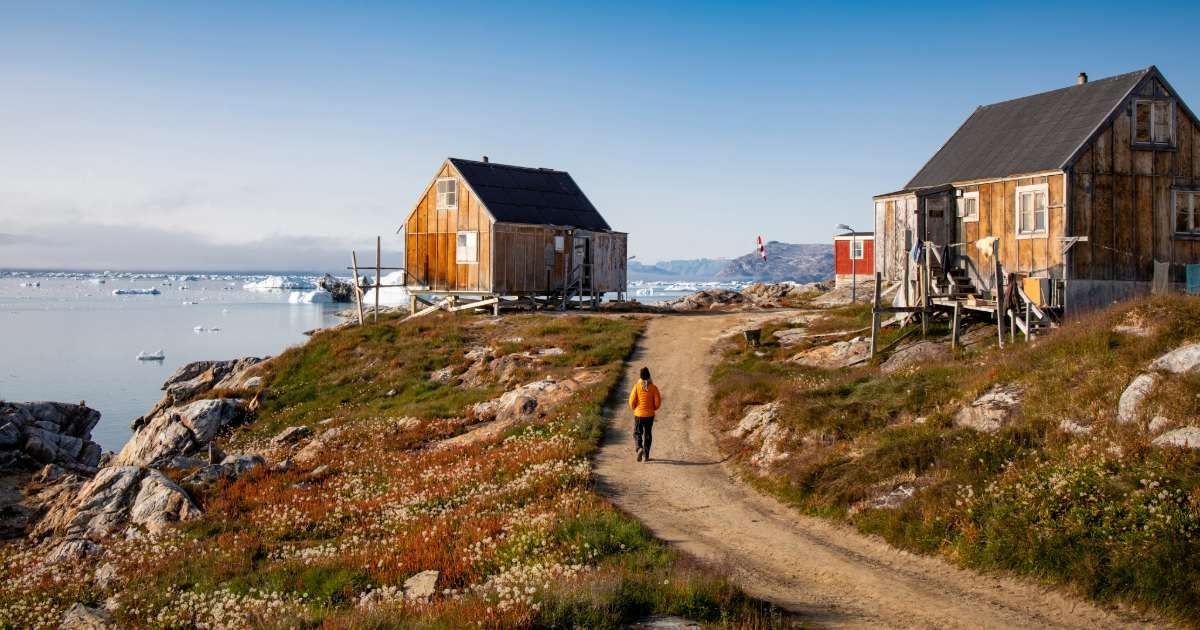
When someone thinks of Greenland, they usually picture blue ice swimming in green seas, luminescent displays of aurora borealis, creatures that glow at night, and vast throngs of birds and animals roaming across the icescape. At least this is what the botanists, artists, and writers of the past imagined when they thought about this ice-cloaked country.
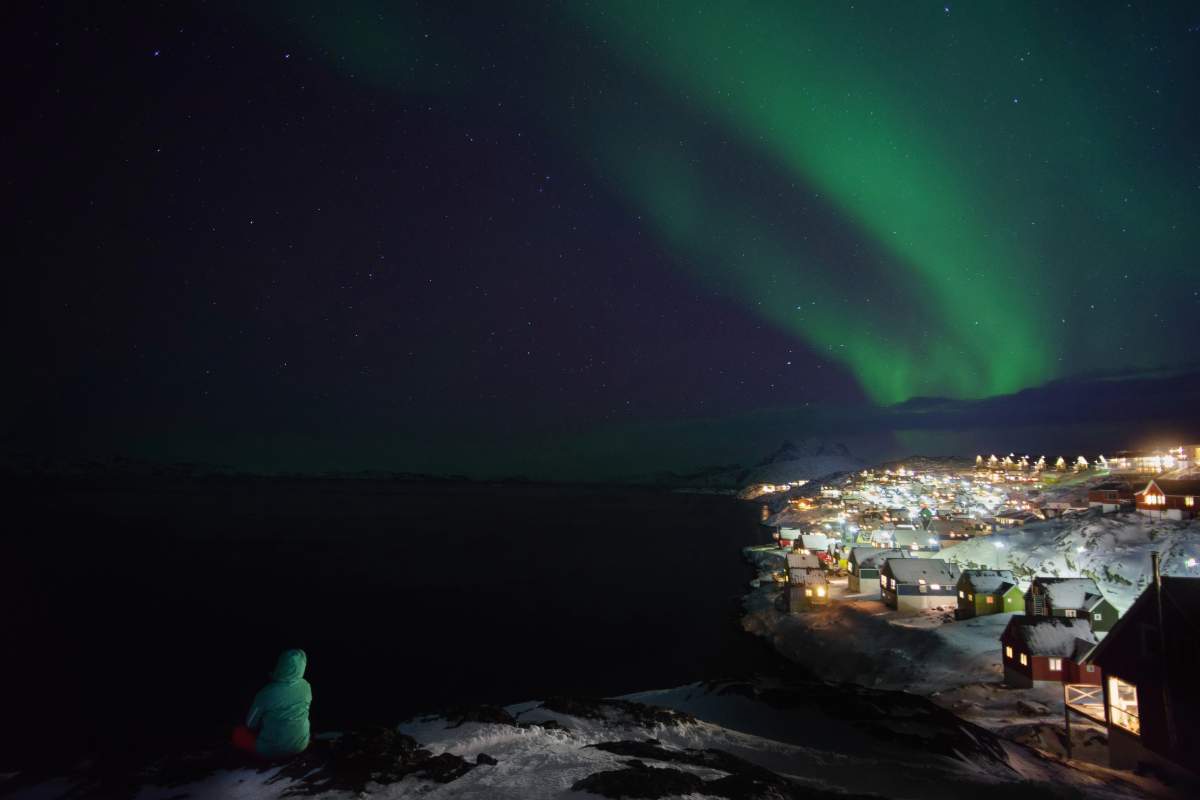
When Erik Thorvaldsson, a Norse explorer, arrived in Greenland to spend some months in exile, he noticed that the country’s icy expanse was dotted with an abundant corpus of shrubbery and trees like deciduous willows, alder, dwarf birch, and junipers. It was normal. But today, the country is greener than it is icy. In a study published in the journal Environmental Humanities, researcher Adriana Craciun documents how and why Greenland is turning into a literal “green.”
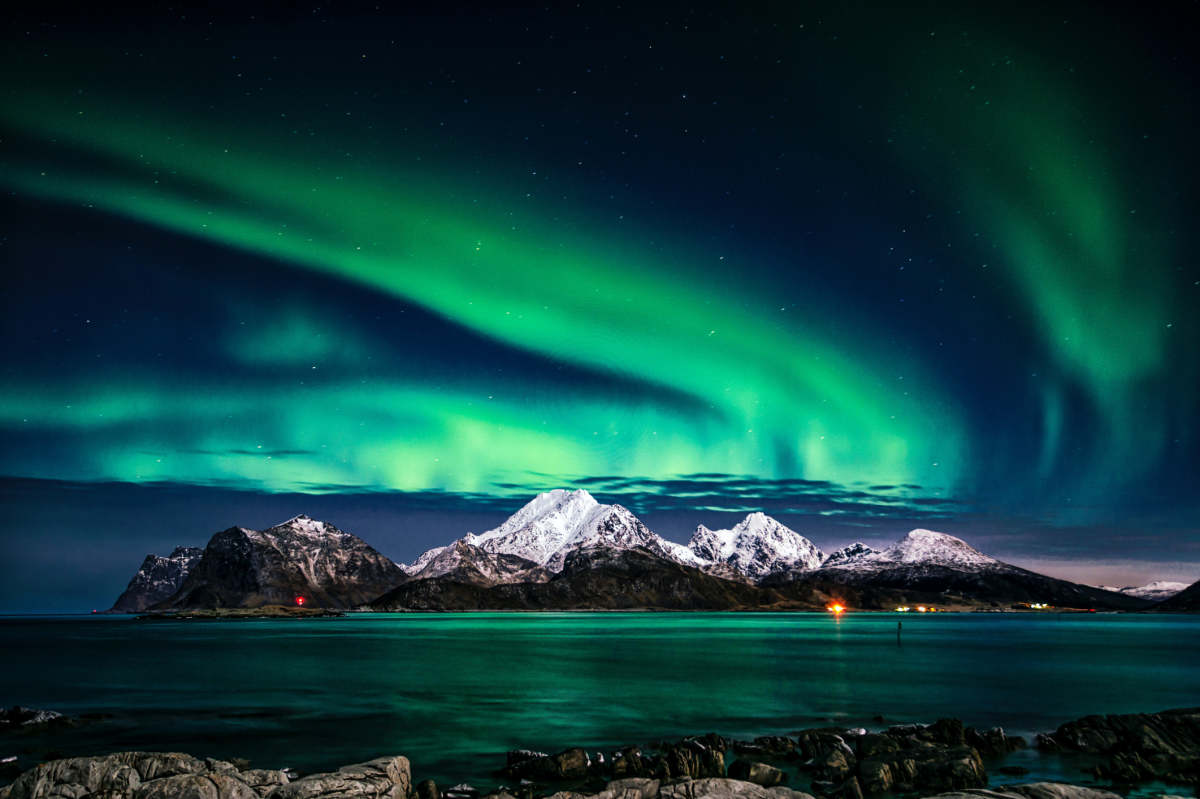
Writing in The Conversation, Craciun, from the Institute Associate at the Scott Polar Research Institute, University of Cambridge, said she was stumped when she arrived at the airport of Nuuk, Greenland’s capital. The border agent suspiciously asked why she was visiting. “To look at trees,” she told him. At this response, his face shapeshifted into an expression of puzzlement that Craciun didn’t expect. From all that she had heard from scientific news reports and her fellow researchers, Greenland, the largest island in the world, was now turning greener. The country, she said, has already lost almost 5% of its ice cover in a process called “Arctic greening.”
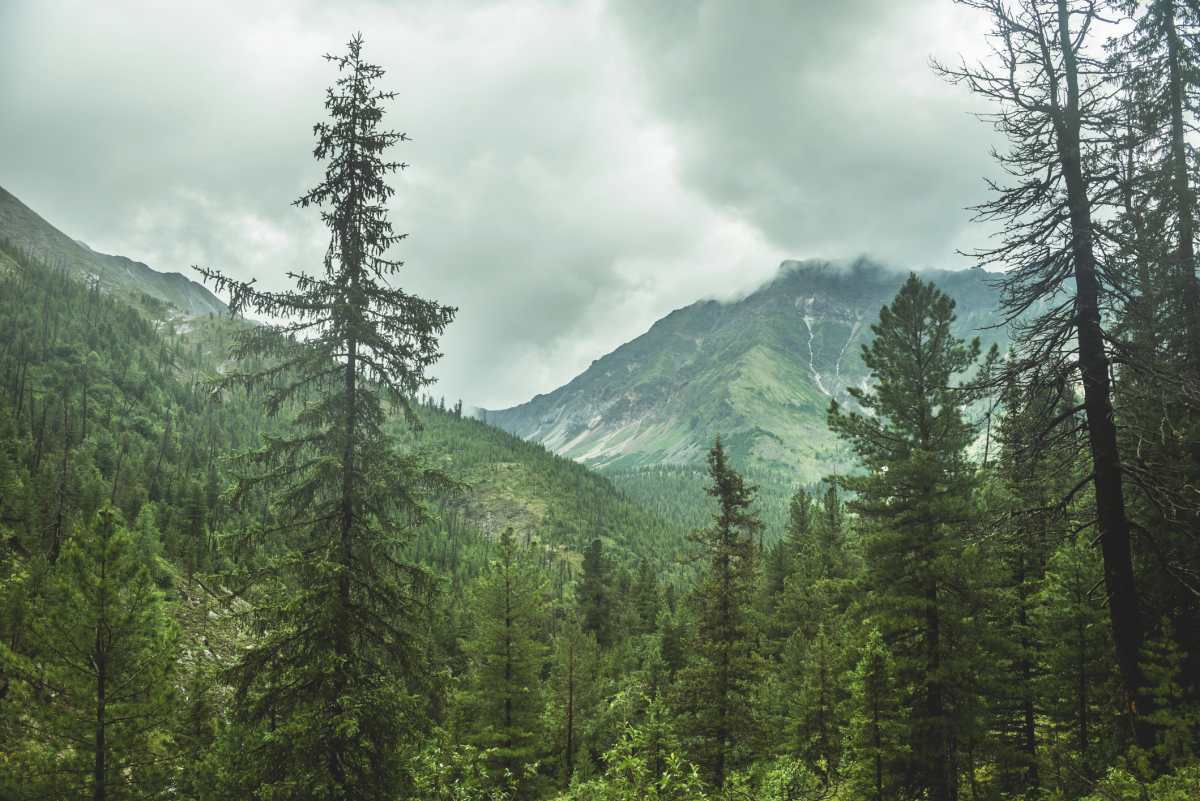
Typically, the greening of a region is considered a good omen that indicates abundance, maybe harmony, that Mother Nature is doing just the right thing by birthing more and more trees. But here, in the northern tip of the planet, all this greenery is seemingly unusual, given that this chunk is supposed to be blanketed by ice. Yet, nowadays, the land which was once covered by ice and snow is now being colonized by plants, trees, and tundra, the so-called shrubification, as Craciun describes it. As a result, new plant species, and consequently, insect species, are migrating from the deep south and flocking to settle into this region.
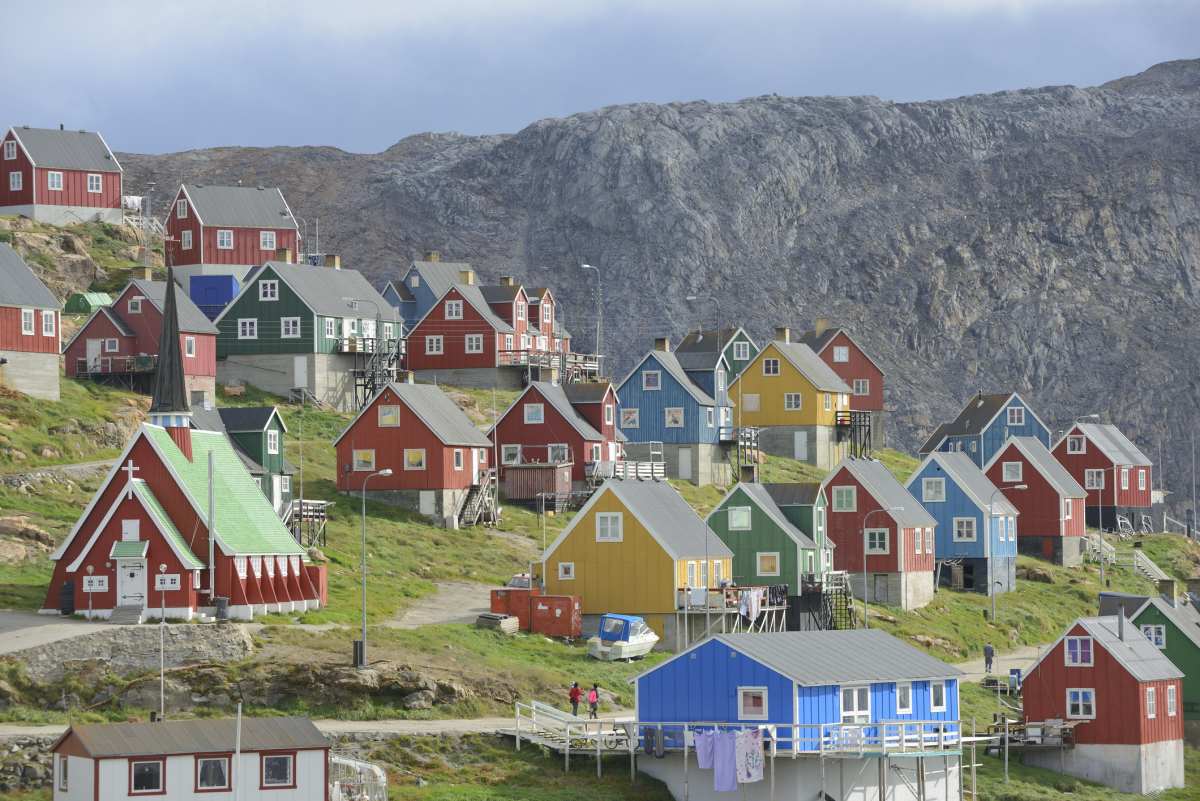
Carciun explained the science behind why this unusual greening of the polar north is so dangerous for the environment. “Greening sounds good compared to deforestation, but in the Arctic, the expansion of plant life amplifies dangerous feedback loops,” she explained in the article. The more the trees, she noted, the greater is the possibility of more and more carbon getting accumulated in the region above the land.
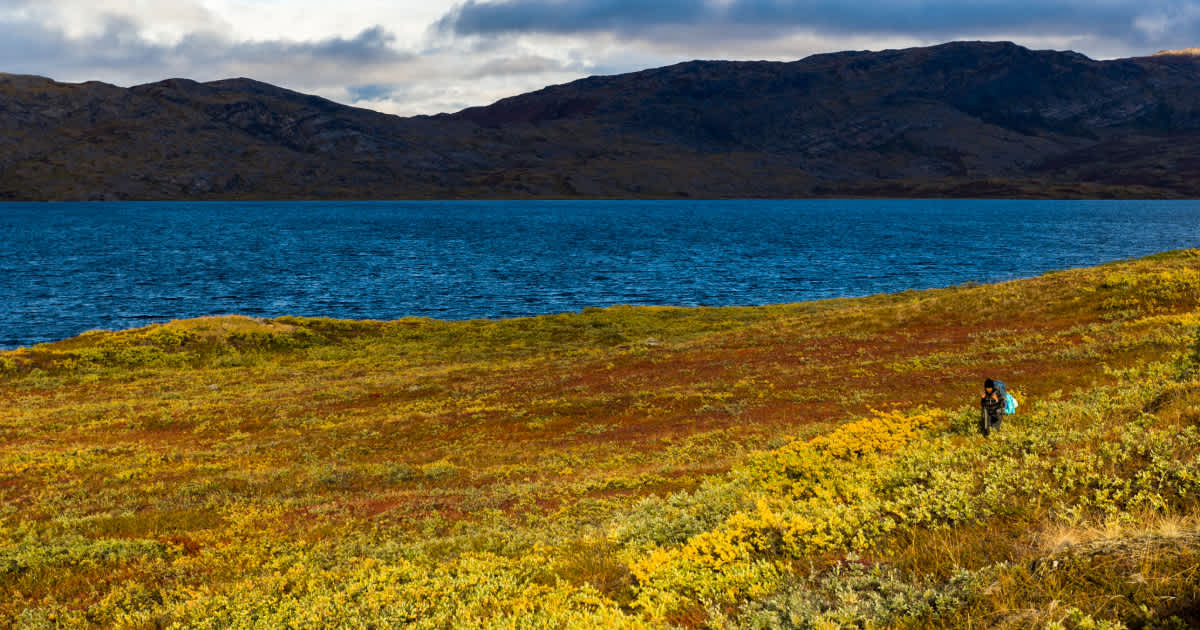
Since the Arctic is designed to store carbon under the ground, in the form of permafrost, the accumulated carbon above the land not only adds burden of the element on the environment but also accelerates the melting of ice. In simple words, the greener the Arctic becomes, the more it will lose its icy identity. And if polar is no longer polar anymore, then all this greening wouldn’t be worth it, or would it be? But thanks to a mining company, plants are shooting and sprouting from the icy blanket at a rate never observed before.

However, all this greening isn’t that bad, as Carciun later found out when she took a trip to an arboretum dedicated to Thorvaldsson. She came to know that mining companies these days are intensely targeting Greenland to pursue the extraction of valuable minerals like gold, which are needed for wind turbine magnets and car batteries crucial for the green energy transition. Amaroq Minerals, for instance, holds the most exploration licenses in Greenland, a leading company that sponsors the most critical extraction projects in the country.
The company envisions a greener future for the country, believing that the carbon-trapping quality of the trees would help them keep Greenland’s atmosphere as pristine as ever, also enhancing the fertility and dynamics of the soils frozen deep into the crevices where their roots grow. Ultimately, it is what the locals desire to make their country, and that’s what they’re doing. Many gardeners, for instance, are growing non-native plants around their regions, like a stamp collection. Alibak Hard, another gardener, told Carciun, “Why shouldn’t we change the land like we want?”
More on Green Matters
Missing Antarctic Researcher’s Remains Found After 66 Years as Glaciers Melt From Global Warming
Scientists Detect First-Ever ‘Ice Quakes’ Under Greenland’s Rivers — But One Thing Baffled Them